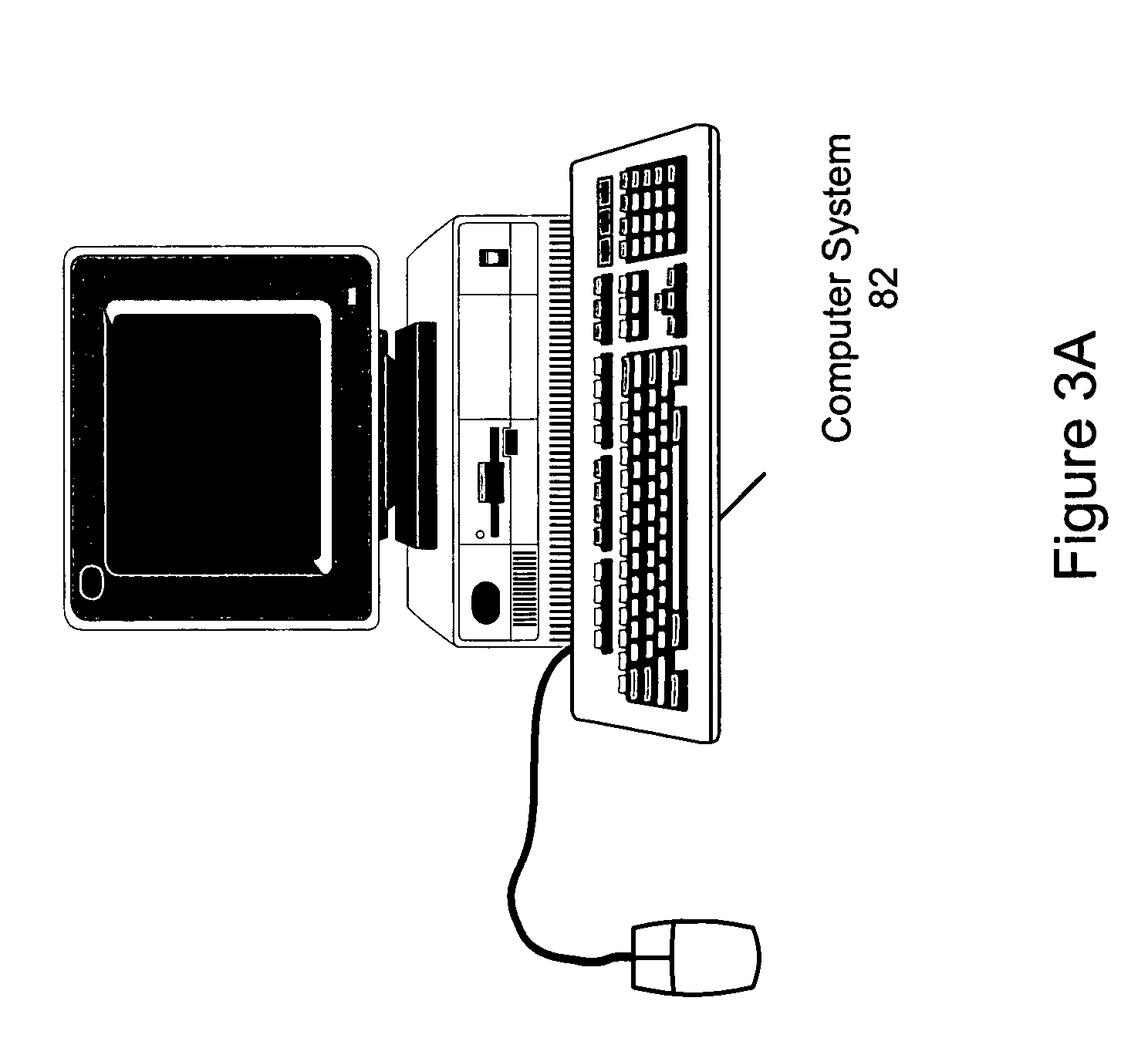Application programming interface for synchronizing multiple instrumentation devices
a technology of application programming and instrumentation devices, applied in the field of instrumentation systems, can solve the problems of limiting the achievement of optimal utilization of computer systems, user programming skills and ability to interact with computer systems, and complex task of programming a computer system to model or implement a process, etc., to achieve the effect of simplifying synchronization and reducing the number of calls or nodes required
- Summary
- Abstract
- Description
- Claims
- Application Information
AI Technical Summary
Benefits of technology
Problems solved by technology
Method used
Image
Examples
example attributes
[0187]As noted above, the attributes included in the API are preferably on a per session basis, i.e., each session has an associated set of attributes. Below are more detailed descriptions of the exemplary attributes mentioned above.
[0188]
TCLK_ATTR_SYNC_PULSE_SRC
[0189]In one embodiment, the TCLK_ATTR_SYNC_PULSE_SRC attribute (or equivalent) is used to specify the source of the sync pulse, and may be used primarily when synchronizing a multi-chassis system. Access for the attribute is read / write, and in one embodiment, the attribute has a string data type (e.g., ViString) for reading, and a constant string data type (e.g., ViConstString) for writing.
[0190]In one embodiment, for example, iin a PXI implementation, the attribute may specify the sync pulse source with the following values: for a module in any slot connected to the PXI backplane, “PXI_Trig0” through “PXI_Trig7”; in addition, for modules in slots 3 through 15 of the PXI chassis, “PXI_Star”.
[0191]In one embodiment, front pa...
example c programs
for Performing Synchronization
[0245]The following are example programs in C respectively illustrating synchronization of multiple instruments using prior art techniques and using an embodiment of the present API.
[0246]
C Program Using Traditional API#define sessionCount 10 / / assume 10 sessions are being synchronizedint sessions[sessionCount];double lockTime[sessionCount];double lockConfirmTime[sessionCount];double meas[sessionCount];char syncCmnd[500];int i;statusWrap(traditional_dsgnCmndSession(session[0]));statusWrap(traditional_getTimingEngineName(session[0], syncCmnd));strcat(syncCmnd, “ / syncCmnd”);for (i=0; istatusWrap(traditional_setSyncCmndSrc(session[i], syncCmnd));for (i=0; i{statusWrap(traditional_getPLLLockTime(session[i], lockTime[i]));statusWrap(traditional_getPLLLockConfirmTime(session[i],lockConfirmTime[i]));statusWrap(traditional_prepareToResetPLL(session[i]));}statusWrap(traditional_issueResetPLLCmnd(session[0]));wait(max(sessionCount, lockTime)); / / assume wait and ...
PUM
 Login to View More
Login to View More Abstract
Description
Claims
Application Information
 Login to View More
Login to View More - R&D
- Intellectual Property
- Life Sciences
- Materials
- Tech Scout
- Unparalleled Data Quality
- Higher Quality Content
- 60% Fewer Hallucinations
Browse by: Latest US Patents, China's latest patents, Technical Efficacy Thesaurus, Application Domain, Technology Topic, Popular Technical Reports.
© 2025 PatSnap. All rights reserved.Legal|Privacy policy|Modern Slavery Act Transparency Statement|Sitemap|About US| Contact US: help@patsnap.com



